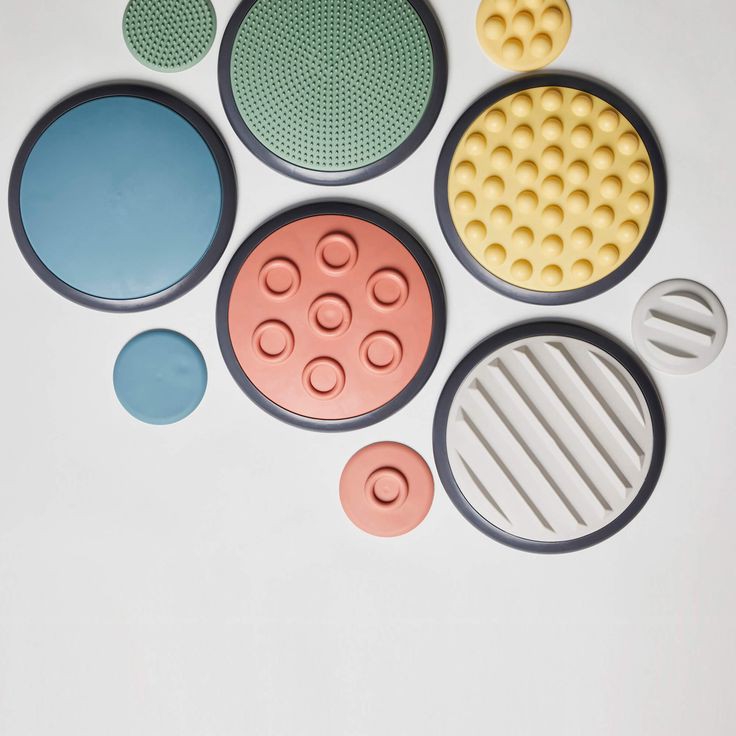Sensory design is an innovative approach that focuses on engaging the human senses to create more immersive and memorable experiences. By appealing to sight, sound, touch, taste, and smell, designers can craft environments and products that resonate deeply with users. Here’s a comprehensive guide to understanding the principles and practices of sensory design.
Understanding Sensory Design
Sensory design goes beyond aesthetics to incorporate elements that engage multiple senses. This approach recognizes that human experiences are multisensory and seeks to enhance those experiences by thoughtfully integrating sensory stimuli. Whether it’s a retail space, a digital interface, or a public installation, sensory design aims to create environments that are not only seen but also felt, heard, and even smelled.
Principles of Sensory Design
Multisensory engagement is the core principle of sensory design. By engaging multiple senses simultaneously, designers can create richer, more engaging experiences. This can involve combining visual elements with auditory cues, tactile surfaces, and even scents to create a holistic sensory experience.
A user-centric approach prioritizes the sensory experience of the user. Understanding the target audience’s preferences and needs is crucial for designing spaces and products that resonate. This involves research and empathy to tailor sensory elements that align with user expectations and desires.
Balance and harmony in sensory stimuli are essential. Overloading the senses can be overwhelming, while too little stimulation can be underwhelming. Achieving harmony in sensory elements ensures a pleasant and cohesive experience.
Contextual relevance ensures that sensory elements are appropriate for the environment or product. For instance, the sensory experience in a spa should evoke relaxation through soothing sounds and calming scents, while a retail store might use dynamic visuals and energetic music to encourage excitement and engagement.
Sustainability and ethics in sensory design involve using eco-friendly materials, ensuring accessibility for all users, and avoiding sensory overload that could negatively impact certain individuals.
Practices of Sensory Design
Visual design involves the use of colors, shapes, lighting, and spatial arrangements to create visually appealing and functional environments. Contrast, texture, and movement can also enhance visual interest.
Auditory design includes the use of background music, soundscapes, and acoustic treatments to influence mood and behavior. For instance, calming music can enhance relaxation, while upbeat tunes can energize a space.
Tactile design involves incorporating materials and textures that invite touch and create a sensory connection. Soft fabrics, smooth surfaces, and textured walls can add depth to the sensory experience.
Olfactory design uses scents to evoke specific feelings or memories. For example, the smell of fresh bread in a bakery can enhance the sense of freshness and quality.
Gustatory design is often overlooked but can be incorporated in specific contexts such as food and beverage experiences. Offering samples, integrating food-related scents, or designing packaging that enhances taste perception are ways to engage this sense.
Applications of Sensory Design
In retail spaces, sensory design can create memorable shopping experiences. Visual displays, ambient music, and pleasant scents can enhance the customer journey, encouraging longer stays and increased purchases.
In healthcare environments, sensory design can improve patient well-being. Calming visuals, soothing sounds, and gentle textures can reduce stress and promote healing.
In workspaces, sensory design can boost productivity and well-being. Natural lighting, ergonomic furniture, and acoustic treatments can create a comfortable and efficient workspace.
In hospitality, hotels and restaurants can use sensory design to create inviting and memorable experiences. Thoughtful use of lighting, sound, and scent can enhance the ambiance and guest satisfaction.
Even in digital design, sensory principles can be applied. Haptic feedback, sound cues, and visually engaging interfaces can create more intuitive and enjoyable user experiences.
Sensory design is a powerful approach that enhances the way we interact with spaces and products. By engaging multiple senses, designers can create experiences that are immersive, memorable, and emotionally resonant. Whether it’s through visual appeal, auditory harmony, tactile engagement, olfactory delight, or gustatory pleasure, sensory design transforms ordinary interactions into extraordinary experiences. Embracing the principles and practices of sensory design allows for the creation of environments that not only look good but feel and function exceptionally well, ultimately enriching the lives of those who experience them.

